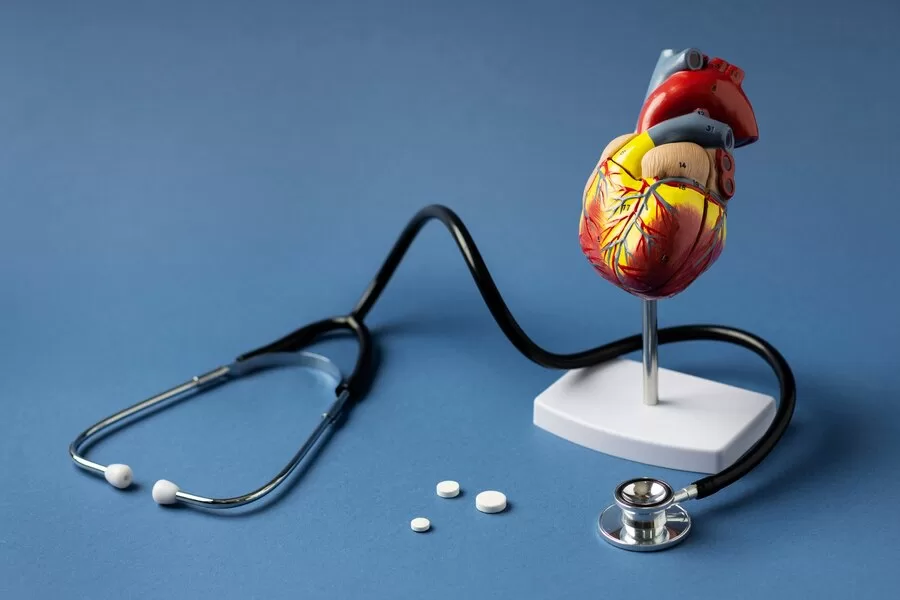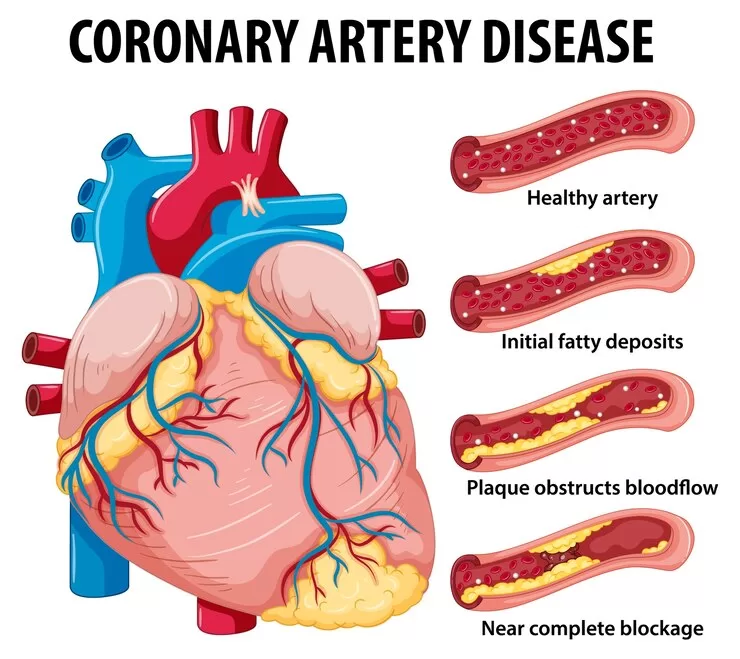Cardiovascular problems have to be dealt with the help of a heart specialist who is well versed with all the nuances. At times immediate attention may be required.
Plaque buildup in the arteries can indeed cause heart disease and also other conditions. As plaque tends to builds up in the arteries, the inside of the arteries do begin to narrow, which lessens or blocks the flow of blood. Plaque can also rupture, thus causing a blood clot to form on the plaque and also blocking the flow of blood. Atherosclerosis and its thrombotic complications are considered to be the major cause of morbidity and also mortality in the industrialized world. The progression of atherosclerotic plaques in the coronary circulation is dependent on several risk factors. Plaque composition happens to be a major determinant of the risk of subsequent plaque rupture and superimposed thrombosis. The vulnerability of plaques to rupture is in fact further determined by extrinsic triggering factors.

Cardiovascular problem cannot be ignored at any cost
Following rupture, the fatty core of the existing plaque and its high content of tissue factor does provide a powerful substrate for the activation of the coagulation cascade. Plaque rupture can be clinically silent or even cause symptoms of ischaemia much depending on thrombus burden and the degree of vessel occlusion. Also, plaque rupture and subsequent healing is recognized to be a major cause of further rapid plaque progression. This review looks at the mechanisms underlying the development and also progression of atherosclerotic plaques, factors that lead to plaque rupture and subsequent thrombosis and their clinical consequences. Finally, speculating on targets for future research is required.
Atherosclerosis and its thrombotic complications are considered to be the major cause of morbidity and also mortality in the industrialized world. The progression of atherosclerotic plaques in the coronary circulation is much dependent on several risk factors. It is now indeed clear that plaque composition is a major determinant of the risk of subsequent plaque rupture and also superimposed thrombosis. The vulnerability of plaques to rupture is further determined by extrinsic triggering factors. Following rupture, the fatty core of the plaque and no doubt its high content of tissue factor does provide a powerful substrate for the activation of the coagulation cascade. Plaque rupture can be clinically silent or even cause symptoms of ischaemia much depending on thrombus burden and the degree of vessel occlusion.
Also, plaque rupture and subsequent healing is recognized to be a major reason of further rapid plaque progression. Speculating on targets for future research is a way out.
Coronary atherosclerosis and its thrombotic complications are rather considered to be a major cause of mortality and also morbidity throughout the industrialized world. Atherosclerosis happens to be focal pathological phenomena much characterized by the thickening as well as hardening of arteries due to accumulation of lipids, carbohydrates, blood products, fibrous tissue and also calcium deposits within the sub-endothelial space.

Significant advances have indeed been made in the mechanisms underlying this disease process and no doubt there is considerable evidence to show that plaque composition is a major determinant of the onset and also severity of acute coronary syndromes. The ability to identify plaque composition and also monitor its progression can in fact give valuable information regarding the development of acute coronary syndromes and also target areas for pharmacological intervention to reduce or even prevent the socio-economic impact of cardiovascular disease.
Atherosclerosis is considered to be a common condition that does develop when a sticky substance known as plaque builds up inside one’s artery.
Conclusion
Atherosclerosis does develop slowly as cholesterol, fat, blood cells and also other substances in one’s blood form plaque. When the plaque builds up, it tends to causes one’s arteries to narrow. This does reduce the supply of oxygen-rich blood to tissues of vital organs in one’s body.
Cardiovascular issues concerning he heart cannot be taken lightly.
